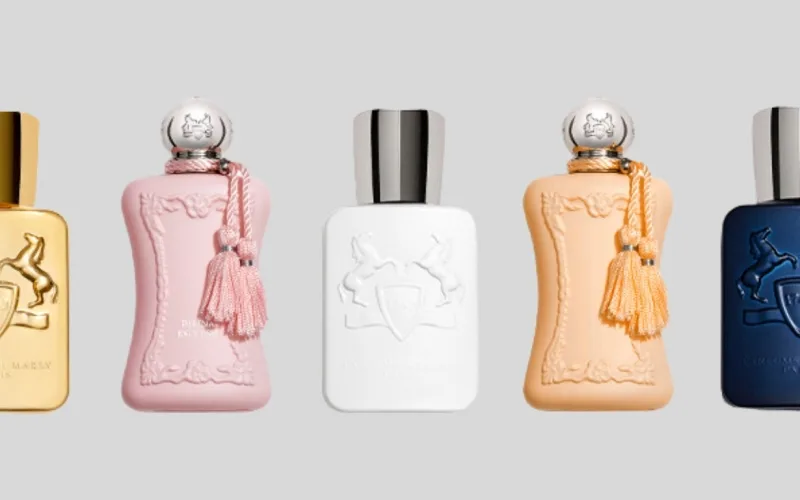With more than 113,000 perfume brands on the global market, jumping into the fragrance scene can get overwhelming for beginners. Should you try out a funky fragrance from Bond No 9 or stick to the classics, such as Dolce & Gabbana? The more you understand how perfumes work, the more confidence you’ll have in your choices.
What Are Scent Notes?
Scent notes are what make fragrances smell. They’re distilled from organic sources (such as flowers) or manufactured in a lab. Many oceanic scents are synthetic, and most scent notes previously derived from animal products (such as musk) are now synthetic to avoid harm to animals.
Distillation yields fragrance oil, a key component in perfume formulas. These oils are mixed with alcohol, which dilutes the scents to ideal strength and provides a dispersal vehicle.
Most colognes contain several scent notes. For example, Dubai Ruby by Bond No 9 has notes of bergamot, sandalwood, rose, civet, geranium, saffron davana, magnolia, myrrh and amber. While that may seem like a lot, multiple scents are vital to a rich fragrance experience. The more delicate notes fade first, leaving the deeper, more robust smells to linger.
Note Layers
All scent notes fall into one of three categories:
- Base notes
- Heart/middle notes
- Top notes
Base notes tend to be smoky and musky. They last the longest, lingering hours after heart and base notes have faded. Perfumers call them the foundation of fragrances and rely on them to add depth to a perfume.
Heart notes last the second longest, usually a few hours. They’re usually vibrant and give the perfume its “heart” or identity.
The most fragile of the bunch, top notes only last an hour or two before fading. They’re the first thing you smell upon application, giving you a brief introduction to the fragrance.
Most fragrances list notes in a top to base order in descriptions. For instance, Bleecker Street by Bond No 9 lists violet leaf first, then cinnamon, then oakmoss.
Fragrance Wheels
All scent notes belong to a particular “family” with similar traits. These families are often arranged into a fragrance wheel to illustrate their relationships and compatibility. Perfumers typically recognize 14 families: fruity, green, water, citrus, aromatic, dry wood, mossy wood, woody, woody spice, spicy, soft spicy, floral spice, soft floral and floral.
Interestingly woody scents are among the most popular in unisex and women’s fragrances. According to studies, woody scents are present in 70% of each category.
What Is Sillage?
Sillage describes how long a fragrance lasts once applied. The longevity is strongly tied to the concentration of fragrance oil in the product. Fortunately, perfumers divide their offerings into groups so you can estimate the sillage:
- Eau fraiche typically lasts one hour.
- Eau de cologne can last up to two hours.
- Eau de toilette lingers a maximum of four hours.
- Eau de parfum can last as long as 12 hours.
- Parfum can stay fragrant for up to 24 hours.
Where Can You Find Affordable Perfumes?
You can find the latest offering from Bond No 9 and other fragrance brands at LaBelle Perfumes. To check out this affordable selection, visit the LaBelle Perfumes website today.



